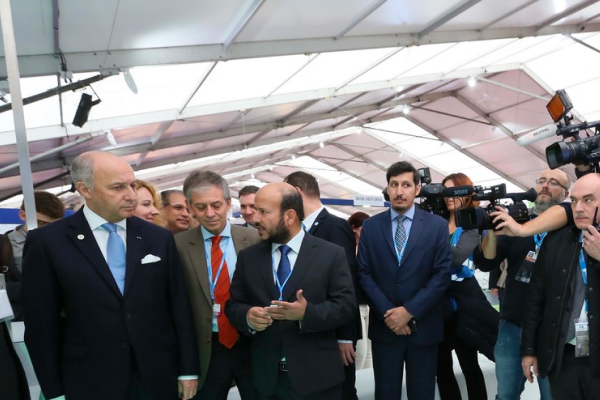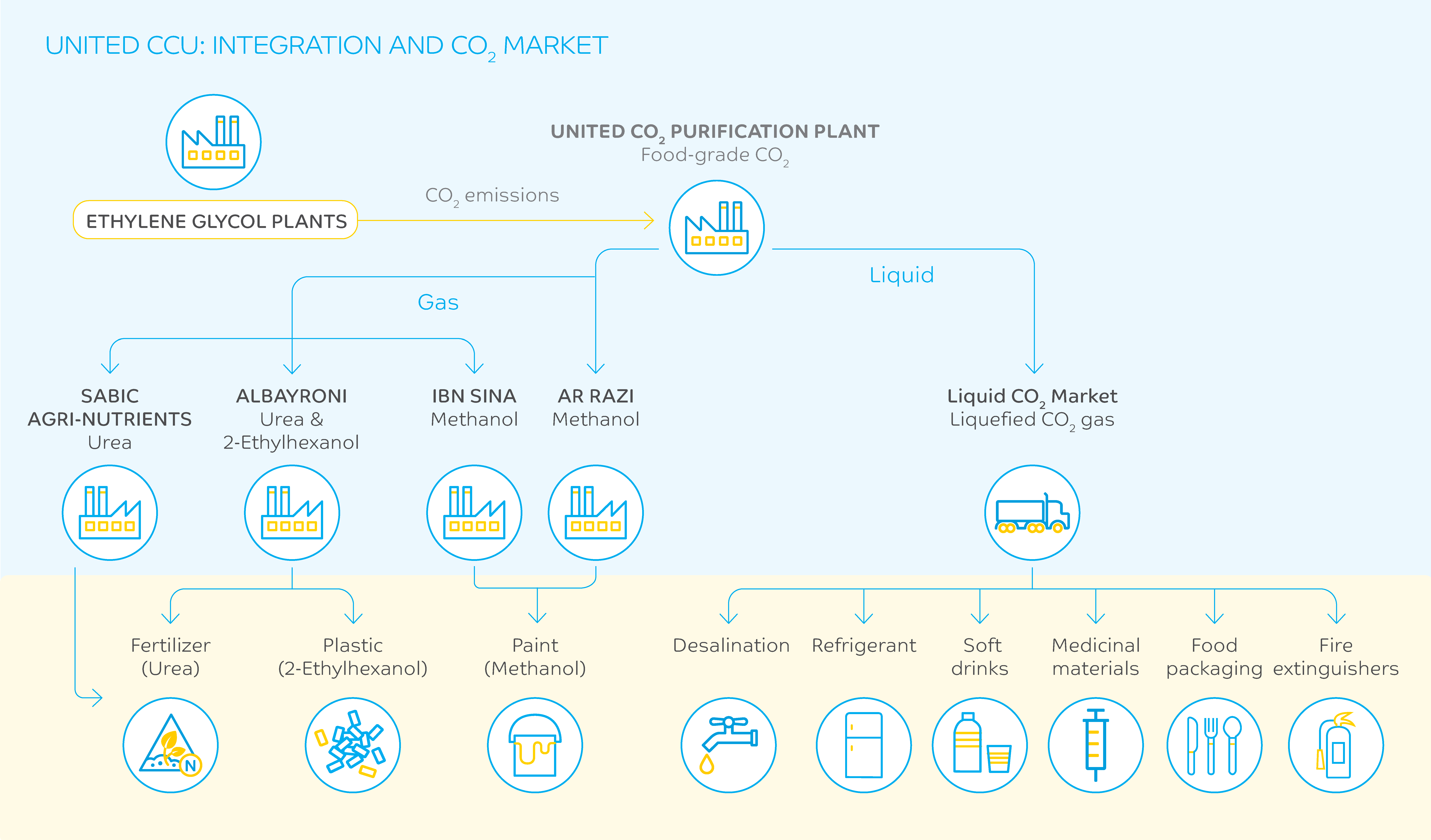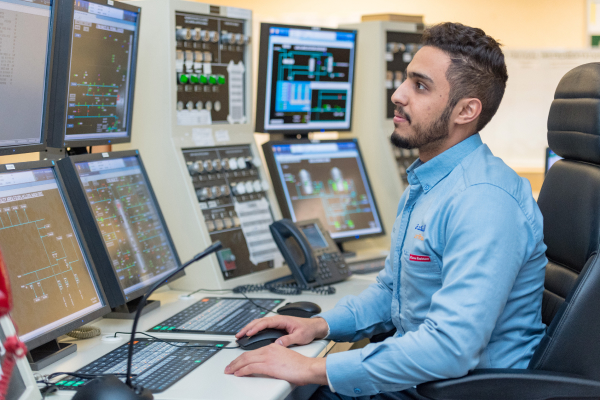Capturing Value
Closed-loop initiatives like SABIC’s carbon capture plant offer opportunities to both reduce emissions and create more business value.

Carbon is everywhere. This chemical element exists in most items in the world, from automobiles to clothes to computers - even 18.5% of our body mass is made up of carbon. But with modern lifestyles and an ever-growing global population, more carbon is being released into the atmosphere in the form of carbon dioxide (CO2).
In recent years, two promising strategies have emerged to capture and redirect the carbon released by human activity: carbon capture and storage, which involves capturing CO2 from an industrial or power-sector source and trapping it in a geological formation; and carbon capture and utilization (CCU), which similarly captures CO2 but repurposes it for reuse as commercially viable goods like chemical products, fertilizers, and fuels.
“Our interest in these technologies emerged from years spent studying how SABIC could use its resources more efficiently―and CCU provided an opportunity through which we could both reduce emissions and create more business value,” explains an expert at the plant. While this CO2, if captured, can be reused as feedstock, it also contains impurities, and typical purification processes were not cost-effective. Extensive SABIC R&D efforts led to the creation of proprietary technology that is at the heart of SABIC’s CCU plant at the Jubail United Petrochemical Company (United), a SABIC affiliate.

In 2015, before the Paris agreement was even on the table, SABIC demonstrated its carbon capture and utilization solutions to a delegation including the then Chairman of the Conference of the Parties (COP). Pictured from left are Laurent Fabius (France’s Minister of Foreign Affairs at the time) with SABIC’s Daniel Gambus and Abdulaziz Al-Jodai at the UN Climate Change Conference (COP) in Paris.
At the time of its opening in 2015, before the Paris Agreement was even on the table, the plant was the largest of its kind (and still remains one of the largest CCU facilities in the world). The plant can capture and purify up to 500kt of CO2 from the production of ethylene glycol every year. The high level of purity of this processed CO2 is considered food grade and is produced in gas form, where it is funneled through a network to other SABIC affiliates to produce urea (for agriculture), methanol (as a core component for other chemicals that can be further used for automotive and medical applications), and liquefied CO2, which is shipped to customers for a range of commercial and industrial uses, such as in desalination and enhanced oil recovery (EOR). “Given that the Saudi manufacturing facilities are located in close proximity to each other, the opportunity to share by-products was perfect for the taking,” the expert adds.

The United CCU plant is in line with SABIC’s other circular economy efforts, such as its TRUCIRCLETM portfolio. Such closed-loop initiatives represent not only a way to contribute towards carbon neutrality, but also offer new market opportunities and pathways to accelerate the adoption of breakthrough technologies and business models.
Moreover, SABIC was established by royal decree to convert waste natural gas to valuable chemicals. In that sense, creating value through carbon capture reflects the company's founding principles, which continue to drive its efforts at innovation and sustainability today and into the future.


Disclaimer: This abridged interactive version of the SABIC Integrated Annual Report 2023 is based on the original PDF report published on this website. In case of any discrepancy, the original PDF report will prevail.
